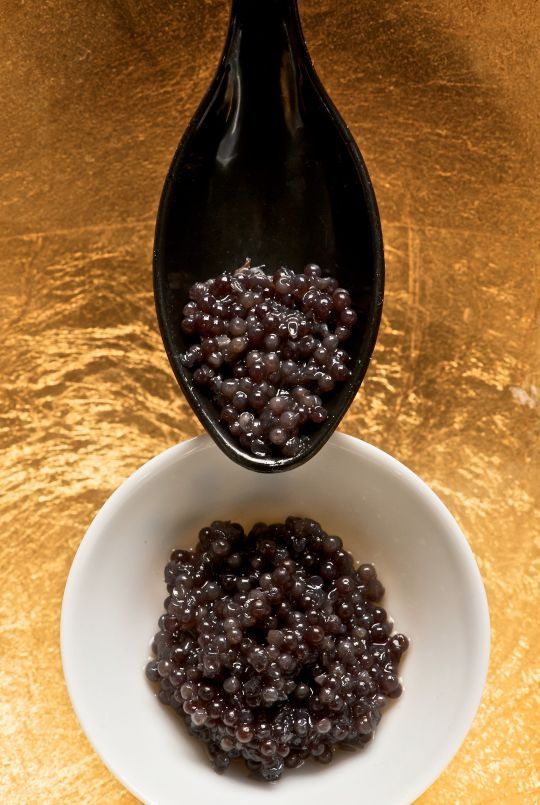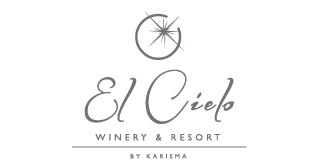
Culinary
Cellar

INFLATED + MINILLA + BANANA + CAVIAR
(10 Servings)

process:
For the Inflated
1
100 g Corn Doug
1 L Oíl
In a press for tortillas, place 20 g of corn doug in the shape of a ball, press and with the help of acutter make a circle of 7 cm in diameter.Fry in the oil at 180 ° C, with the help of a spoon, cover the tortilla in an enveloping way to make itcook evenly and make it puff.Removed once crispy and reserve
For the King Crab Minilla
2
600 g King Crab meat
100 g Capers
100 g Olives
100 g Raisin
20 g Chopped Garlic
150 g Chopped white onion
C/s Oregano
20 g Parsley
150 ml Olive oil
500 g Tomato
c/s Salt
Put the olive oil in a pot, first season the onion and garlic, then the tomato and meat crab, add therest of the ingredients, cook over low heat, add salt and reserve.
FOR THE SLICE OF MALE BANANA
3
1 pc Ripe Plantains
Remove the tips of the ripe plantains and cut pieces of 5cm a long , help of an apple corer cut thecentral part of the ripe plantains leaving the cylindrical shape, then fry and cut 3mm thick slices.
PLATE OFF
4
Take an infladita, make a hole in the center and fill with the king crab, then place the ripe plantainsheet and cover with caviar.















